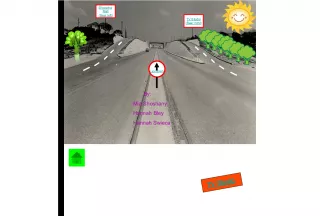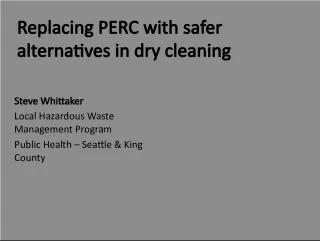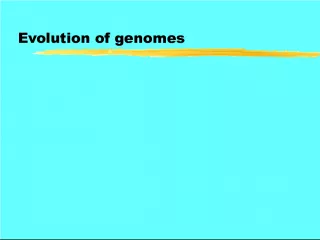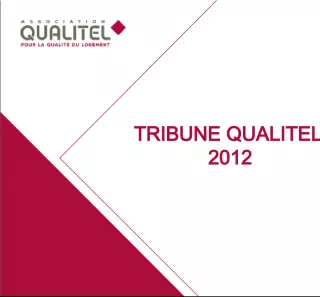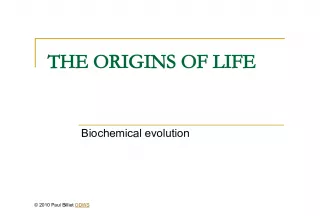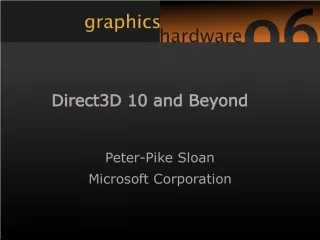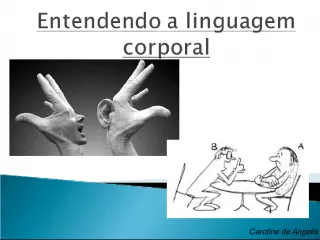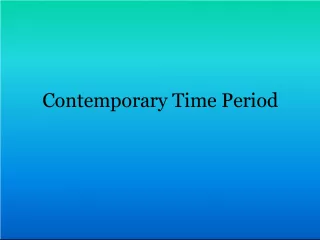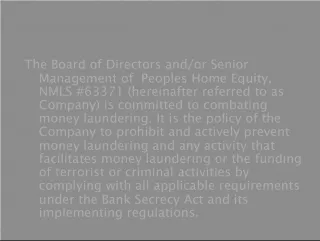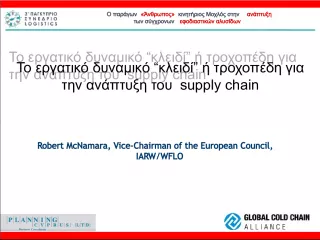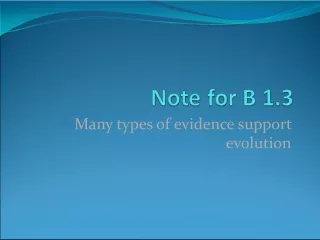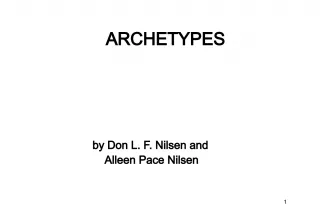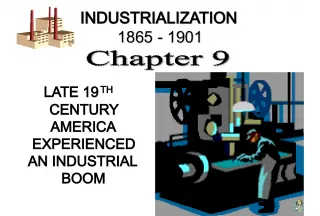Phototools in the PCB industry: Keeping Pace with Evolution
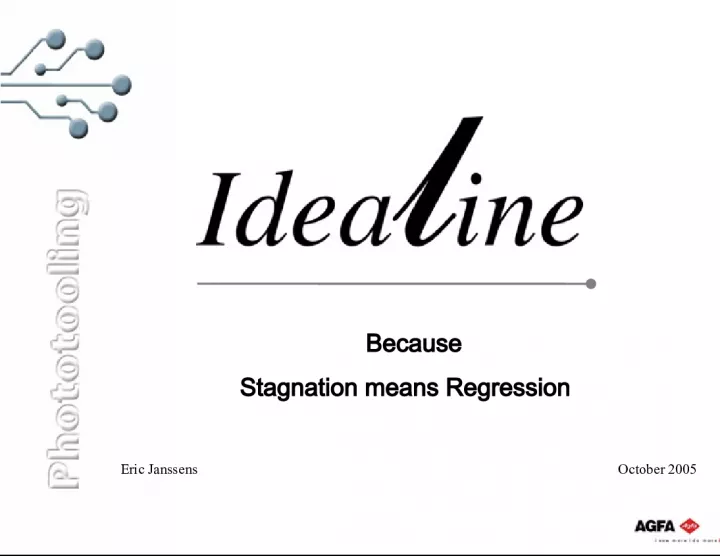

As the PCB industry evolves with smaller lines/spaces, more layers, and higher image quality, phototools must keep up to meet production demands and environmental constraints. Stagnation means regression.
- Uploaded on | 2 Views
-
 roseclarke
roseclarke
About Phototools in the PCB industry: Keeping Pace with Evolution
PowerPoint presentation about 'Phototools in the PCB industry: Keeping Pace with Evolution'. This presentation describes the topic on As the PCB industry evolves with smaller lines/spaces, more layers, and higher image quality, phototools must keep up to meet production demands and environmental constraints. Stagnation means regression.. The key topics included in this slideshow are . Download this presentation absolutely free.
Presentation Transcript
1. Because Stagnation means Regression Eric Janssens October 2005
2. Again a new film The PCB industry is in constant (r)evolution • Lines & spaces will be smaller and smaller • Number of layers increases • Higher image quality required (impedance controlled design) • Smaller production batches • Higher yields • Environmental constraints The phototool is a key link in the production chain Phototools have to keep pace with the (r)evolution brings you ahead
3. Characteristics of the ideal phototool
4. The improvements New combined LIEC (latent image enhancement component) with m utual amplification effect: 1+ 1 = 3 Smoother and straighter line edges Improved line width control Better Dmax report Wider exposure and processing latitude Higher product consistency
5. Test results on various plotters 25 µ m lines on ManiaTechnology SW @ 25.400 dpi Present type Idealine RPF S = R = LW = S = 0.53 R = 1.00 LW = 26.3
6. Test results on various plotters 20 µ m lines on First EIE RP525 @ 25.400 dpi Present type Idealine RPF S = 0.83 R = 2.30 LW = 21.08 S = 0.61 R = 1.10 LW = 21.91
7. Test results on various plotters 12 µ m lines on Orbotech LP 9008UR @ 25.400 dpi Idealine RPF Idealine RPF S = 0.68 R = 1.10 LW = 12.9
8. The improvements Lower density of antihalation color dye Cleaner processing More comfort for the operators
9. The improvements Matt particle size in back layer reduced to 4.1 µm Lesser false defects in AOI Secure film transport No fly-offs
10. The improvements Improved wetting agent Less pinholes Problem-free loading and unloading Crystal clear
11. Maintained strengths Highest resistance to scratches and to black line abrasion • Double anti-stress layer High dimensional stability • Thermally improved base material • Low gel emulsions High chemistry stability and lowest consumption • LIEC supports chemistry Film protection and easy handling • Secupac Permanent antistatic • Transparent conductive polymer
12. Idealine assortment RPF Red sensitive Phototooling Film OPF Orthochromatic Phototooling Film CPF Contact Phototooling Film DPF Duplicating Phototooling Film Pdev Phototooling film developer Pfix Phototooling film fixer Agfaline 86 HT
13. Imaging Idealine RPF OPF CPF DPF CSI
14. Idealine Experiences ASE: OPF has a better line quality on LPP 3880 AT&S: see Leiterplatte 26 Jahrgang 9 November / December 2004 Clover Electronics: Contag: First EIE: The RPF Idealine film type is fully compatible on First EIE photo plotter. Customers will most probably appreciate the better line edge quality. GS Praezision: Itoh Screen: OPF got over 5.0 density and shows higher image quality ManiaTechnology: Merix: Mflex: Orbotech: the line quality on Idealine RPF is better PPT: fewer pinholes detected with AOI Screen: higher sensitivity, better sharpness and edge quality …….
15. The Phototool to Secure Your Business
